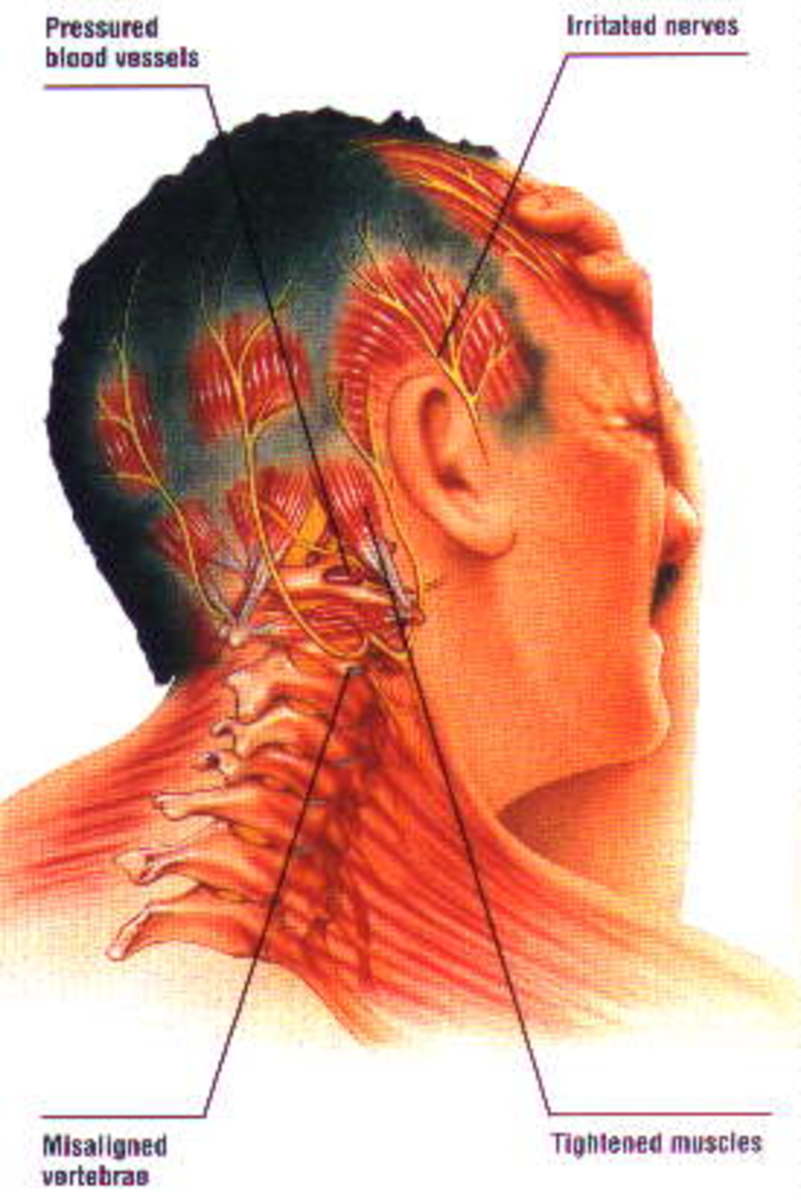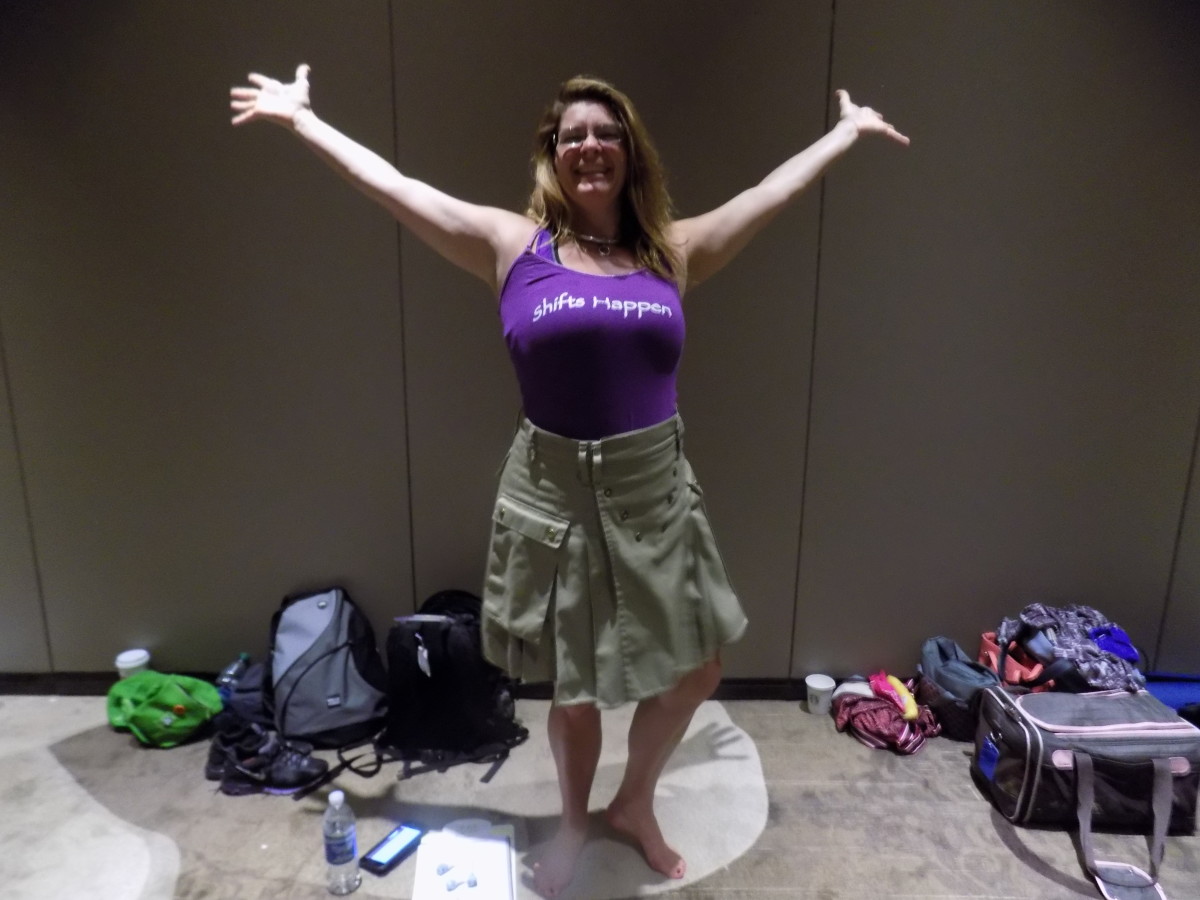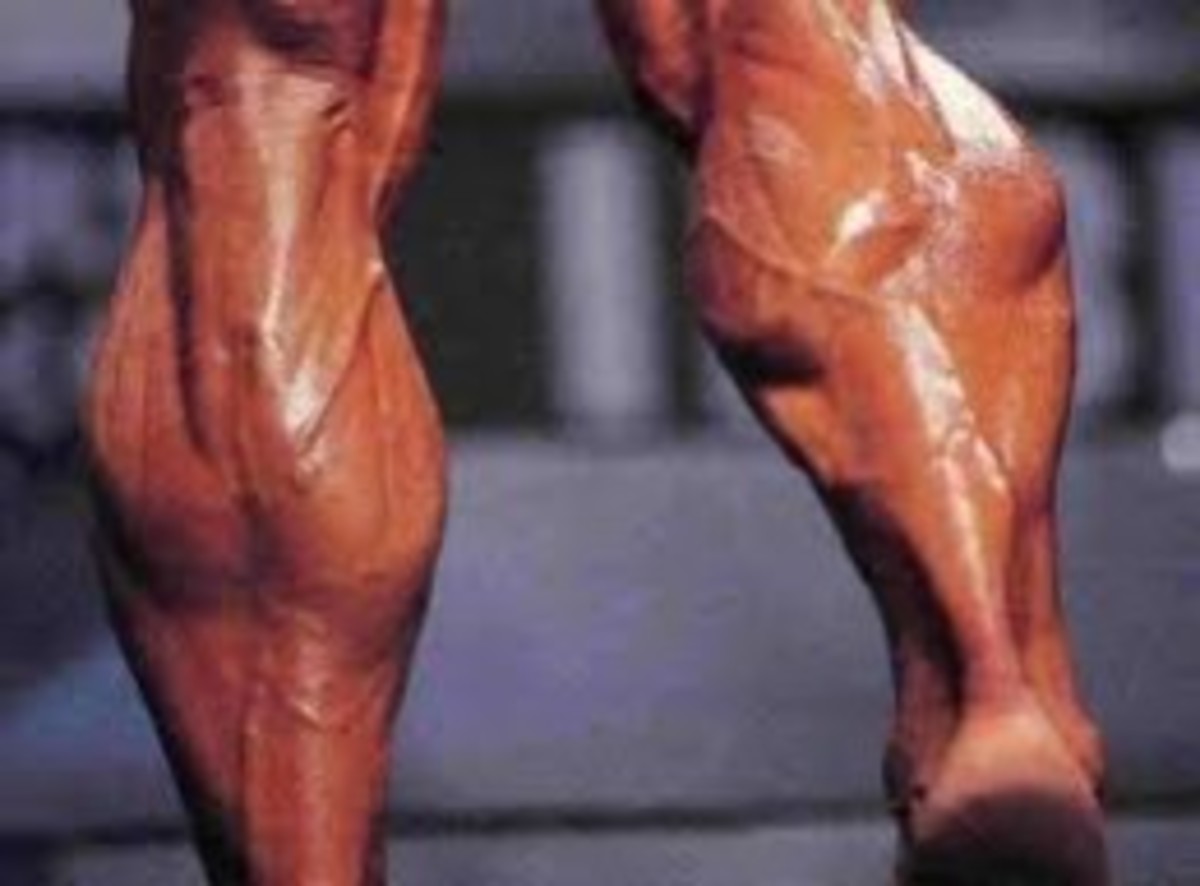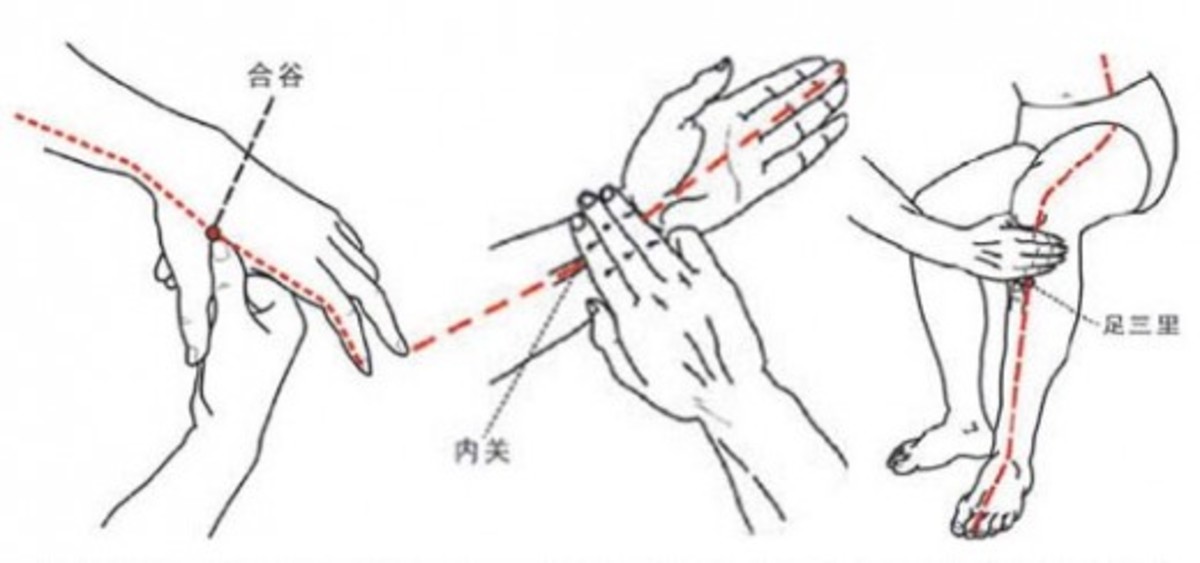A Deeper Look Into Manage Poor Breathing Patterns
What is poor breathing pattern?
Poor breathing pattern is improper breathing that happens habitually, usually as a result of ongoing stress that cause this inefficiency to prolong. This inefficiency occurs in the form of breathing with a restricted diaphragm, poor breath quality, and elevated breath rate.
Restrictions to the main breathing muscle, diaphragm, results in tightness in other secondary breathing muscles, like Latissimus Dorsi, and subsequently other muscle imbalances, which results in faulty movement patterns that reinforces more muscle imbalances. This places more movement pattern stress on the body, reinforcing poor breathing pattern.
Poor breathing quality occurs when gasping for air happens in an attempt to get more air in the event of a restricted diaphragm. This results in shallow, large and incomplete breaths.
Gasping for air results in more stress, which cause hyperventilation and breath rate to be out of control. This further reinforces poor breathing pattern.
Trapped in poor breathing patterns

Concerns of severe Poor Breathing Patterns
Severe poor breathing patterns results in new faulty movement patterns to surface and old ones to sustain, nullifying attempts to overcome poor movement patterns.
Chronic stress increases with increase in severity and duration of poor breathing patterns, resulting in poor recovery, which can lead to burnout and chronic fatigue syndrome.
Common causes of Poor Breathing Patterns
Some common causes of poor breathing patterns include chronic stress, body misalignment and trauma.
Stress results in an increase in breath rate, hyperventilation. Chronic stress causes hyperventilation to prolong, which also cause restrictions in the diaphragm as well as incomplete breaths. These then form a pattern, reinforcing more chronic stress and thus poor breathing patterns, leading to stressful breathing.
Body misalignment results in compensations in movement, thus, muscle imbalances. One common muscle that overworks in muscle imbalances is the Latissimus Dorsi muscle, which happens to be a secondary breathing muscle. Overworked secondary breathing muscles reinforces the lack of use of the primary breathing muscle, diaphragm, which is another muscle imbalance on its own that reinforces body misalignment. To top things off, the lack of use of diaphragm causes restrictions to it, causing poor breathing patterns.
Trauma results in a negative association with an encountered situation, which leads to stressful bodily reactions in the event of memories of the traumatic experiences being triggered. These traumas can be in the form of an acute physical injury or an unhappy experience with a situation or people. Upon memories of such traumas being triggered, poor breathing that happened during the actual traumas return. This can happen both consciously or unconsciously, which can reinforce poor breathing patterns, especially when a trigger happens unconsciously due to lack of awareness.
Body Misalignment
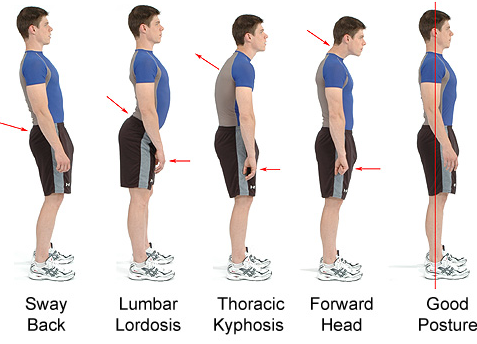
Trauma

Managing Poor Breathing Patterns
From my learnings as a fitness coach, I have come to know a number solutions that can be used to manage poor breathing patterns. They are improve diaphragm breathing, breath quality and breath rate.
To improve diaphragm breathing, make efforts to keep the mouth closed as much as possible to instill nose breathing instead of mouth breathing. This is so as the formal leads to likelihood of breathing into the belly, which involves the diaphragm, while the later leads to likelihood of breathing into the chest, which involves secondary breathing muscles like the Latissimus Dorsi. To top that off, massage the diaphragm by reaching the fingers into and underneath the rib-cage from below the last two rib bones to loosen it. Re-activate the diaphragm muscles by stimulating the relevant neuro-lymphatic reflex points, located at the centre of the chest where the breastbone is. These diaphragm loosening and activation tips are helpful if diaphragm restriction have been pertinent.
To improve breath quality, take in deep but small breaths. A common mistake in mindful breathing is to take in big breaths due to confusion between depth and size. Optimal breathing in should cause air to fill up bottom parts of the lungs, belly and even the pelvic floor, rather than fill up just the chest or cause over-expansion of chest and belly leading to a flared up rib-cage. Such flaring up is a result of big breaths. Apart from breathing in, complete breathing out before taking in the next breath is just as important to prevent hyperinflation, a phenomenon in which excess air gets stuck in the respiratory system.
Improving breath rate helps to avoid hyperventilation. This can be done by improving the capacity to hold the breath upon completely breathing out, ideally reaching a duration of above forty seconds, without experiencing air hunger. Air hunger occurs when there is tightness in the diaphragm or swallowing or both. During day to day activities, breath rate should be kept slow for more efficient use of air. Doing some form of tempo controlled breathing routine like box breathing or renaissance breathing whereby the time taken to breath in, out and hold at both intervals are also helps to improve breath rate.
Manage Poor Breathing Patterns overview
Diaphragm
| Breath quality
| Breath rate
|
|---|---|---|
Nose breathing
| Deep
| Hold
|
Loosen
| Small
| Slow
|
Activation
| Complete
| Control
|
Loosening the diaphragm
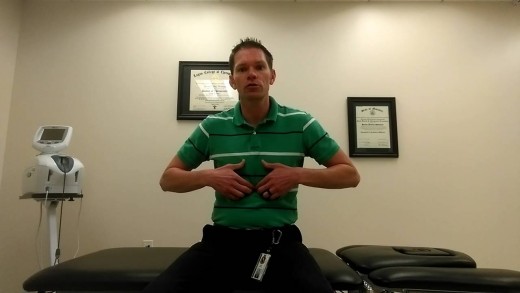
Activating the diaphragm
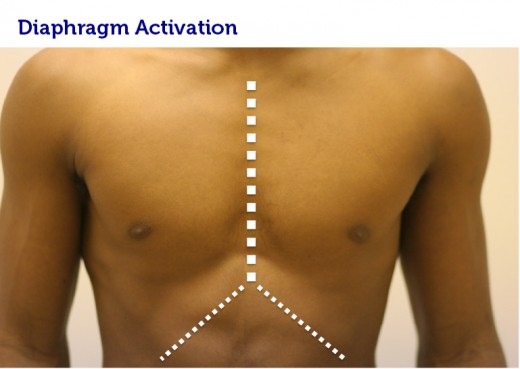
Conclusion
To conclude, poor breathing pattern is something often overlooked when it comes to improving overall health and wellness as well as overcoming stress or body misalignment.
Try out the tips in managing poor breathing patterns for yourself and share how things go in the comments section below!
Pain relief by Managing Poor Breathing Patterns
I do work closely with individuals to relief chronic and recurring pain by managing poor breathing patterns as part of a holistic pain solution illustrated in my other article "Permanent Relief From Recurring Pain".
Contact me for more information if you are looking to manage poor breathing patterns or overcome ongoing pain!
© 2019 Bing Xi

